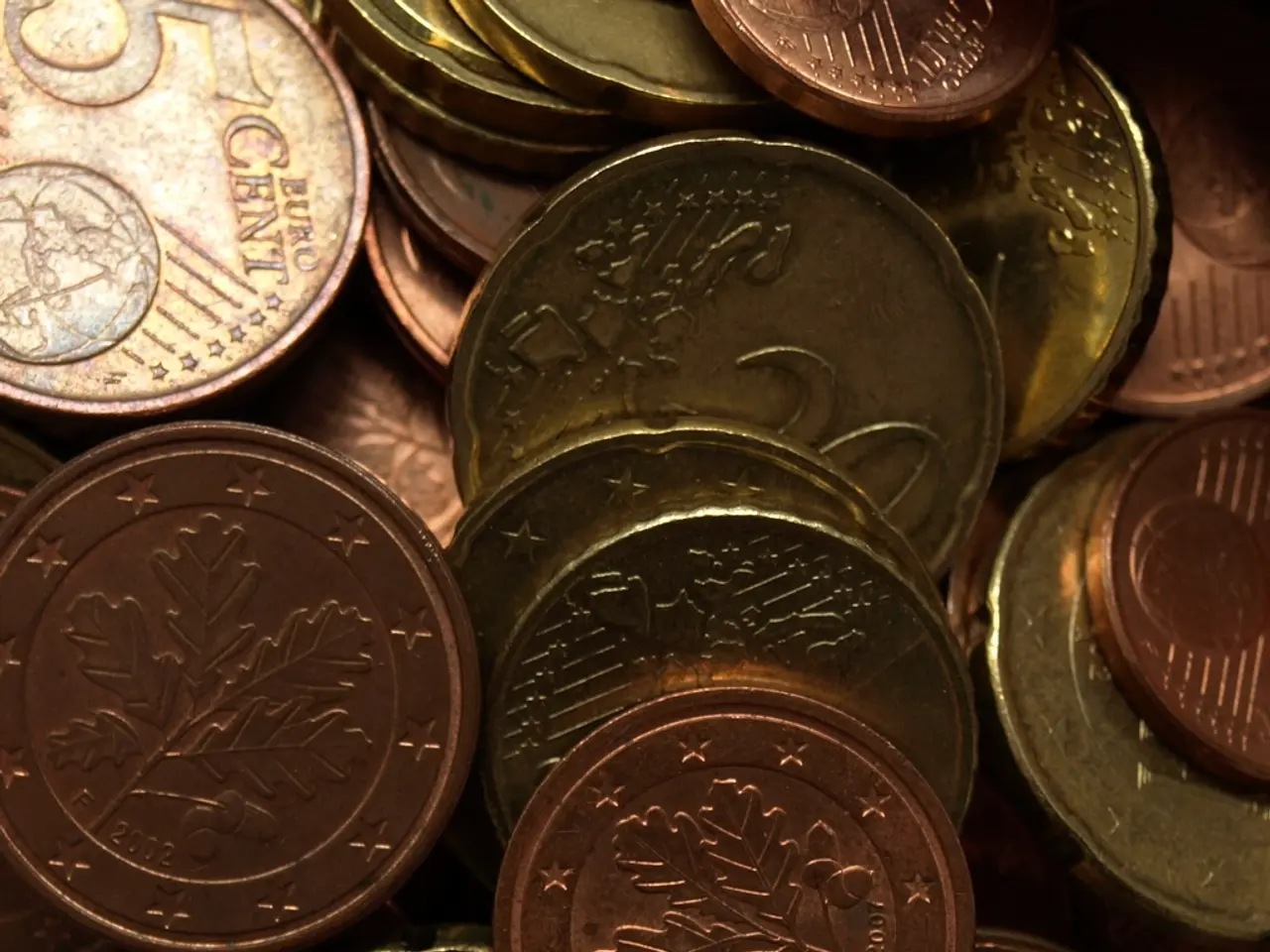Imports bound for the US to incur a 19% tariff increase
In a significant development, the US and Pakistan have concluded a trade agreement, announced on July 30, 2025, by US President Donald Trump. The deal, which primarily focuses on joint development of Pakistan’s massive oil reserves, is seen as "historic" and mutually beneficial, but specific details on the tariff rates for US exports to Pakistan under this new agreement have not been publicly disclosed.
According to Pakistani Foreign Minister Ishaq Dar, the tariff rates will be at least as favorable as those the US offers to peer countries, which have recently ranged between 15-20%. However, no exact percentages have been confirmed yet. The ongoing discussions and fine-tuning by Pakistani and US officials mean full tariff schedules may not yet be finalized or publicly released.
Pakistan's imports from the US during the last fiscal year were recorded at $2.350 billion, an increase from $1.875 billion in 2023-24. The trade deal has the potential for growth in sectors other than textiles, with substantial potential for expansion in Pakistan's footprint in the US market.
The Ministry of Finance believes the current tariff arrangement presents a significant opportunity for Pakistani exporters. The government is committed to facilitating exporters through policy support, market intelligence, and trade promotion initiatives. Pakistani exporters and trade bodies are encouraged to adopt an aggressive and focused marketing strategy.
Interestingly, other regional competitors, including India, Bangladesh, and Sri Lanka, face higher tariffs than Pakistan in the US market. South Korea will face a 15% tariff, Japan will face a 15% tariff, the Philippines will face a 19% tariff, Vietnam will face a 20% tariff, and the UK will face a 10% tariff, all against the initially proposed rates in the US market.
The Commerce Ministry is leading the technical discussion during the Pak-US talks, and a delegation is currently traveling. The statement notes Pakistan's commitment to engaging closely with President Trump and the US administration to promote economic development and mutual prosperity.
However, there is no mention of reciprocal tariffs on US exports to Pakistan in the official statement. The US will help Pakistan develop 'massive' oil reserves, according to an Executive Order dated 31st July 2025. Further announcements or official documents will be necessary to confirm exact tariff levels.
[1] Trump Announces US-Pakistan Trade Agreement [2] Pakistan-US Trade Agreement: What We Know So Far [3] Pakistan-US Trade Agreement: Tariff Rates and Other Key Details
[1] Finance: Capital Flows May Increase Amid US-Pakistan Trade Agreement The historic US-Pakistan trade agreement will likely boost financial growth in Pakistan as imports from the US reached $2.350 billion in the last fiscal year.
[2] Business: With Favorable Tariffs, Pakistani Exporters Aim for US Market Expansion The ongoing US-Pakistan trade agreement discusses tariff rates to be at least as favorable as those offered to peer countries, paving the way for substantial growth in Pakistan's footprint in the US market.
[3] General-News: Pakistan's Regional Competitors Face Higher Tariffs in US Market In comparison to Pakistan, India, Bangladesh, Sri Lanka, South Korea, Japan, the Philippines, Vietnam, and the UK face higher tariffs in the US market, opening an opportunity for Pakistani exporters.
[4] Crypto & Finance: The US-Pakistan Trade Agreement: Implications for Blockchain and Digital Transactions As the US-Pakistan trade agreement will impact bilateral trade, it could also shape the digital landscape, possibly propelling blockchain adoption and cryptocurrency usage in both countries.
[5] Politics: Economic Diplomacy between the US and Pakistan: A Closer Look The US-Pakistan trade agreement and the ongoing discussions mark a significant step in the broader context of bilateral diplomatic relations, shedding light on the US administration's commitment to promoting economic development and mutual prosperity with Pakistan.




